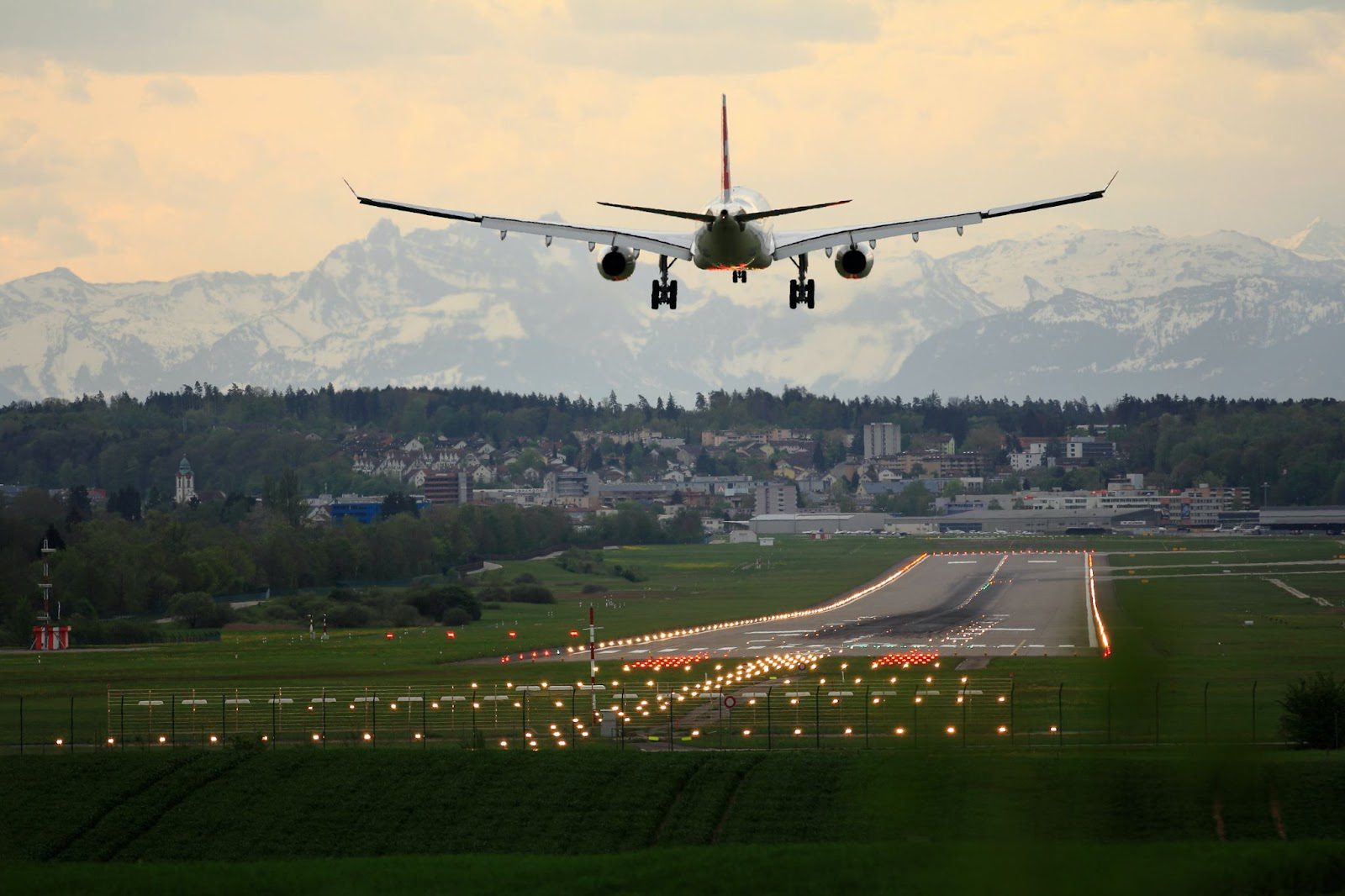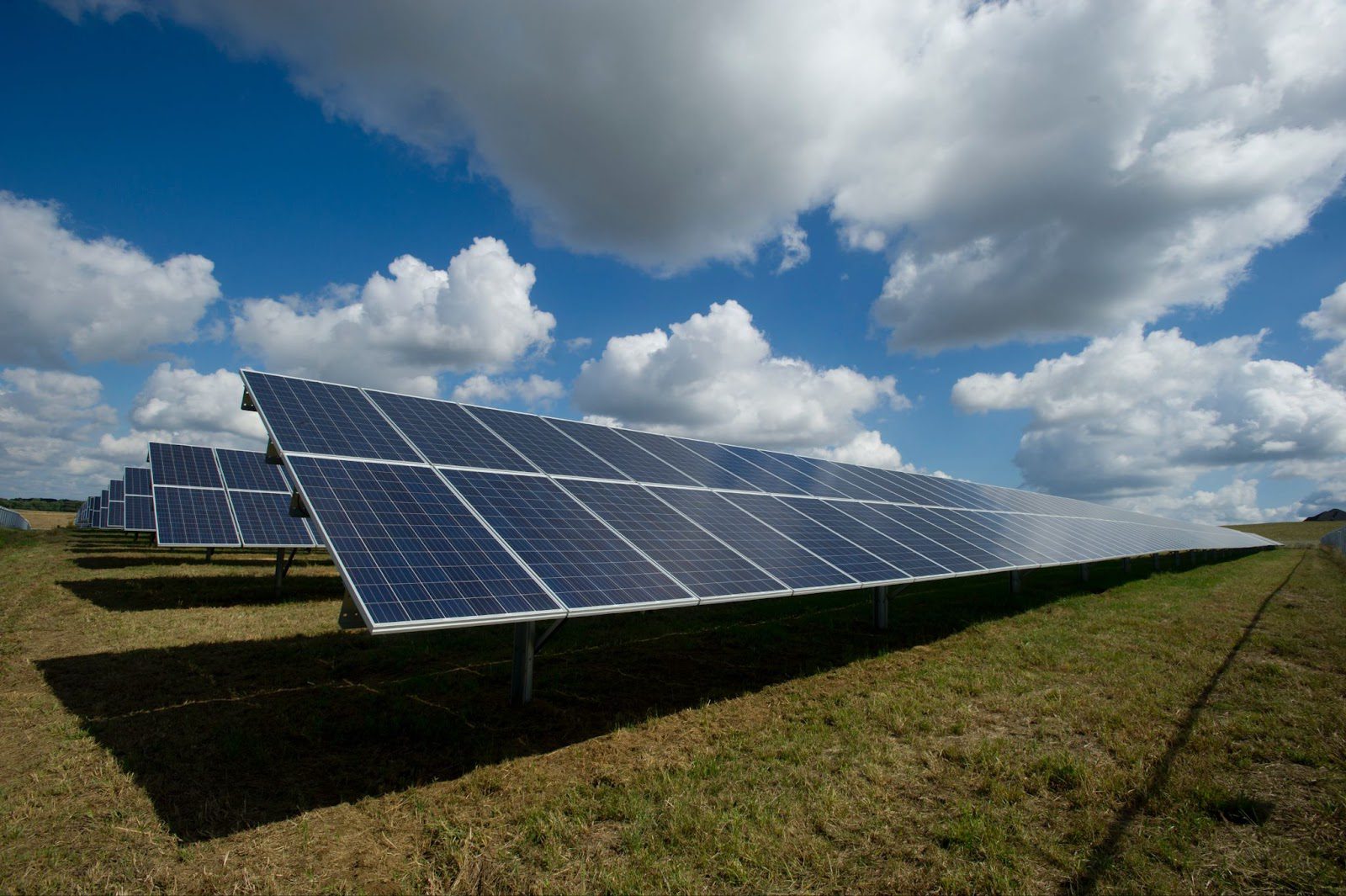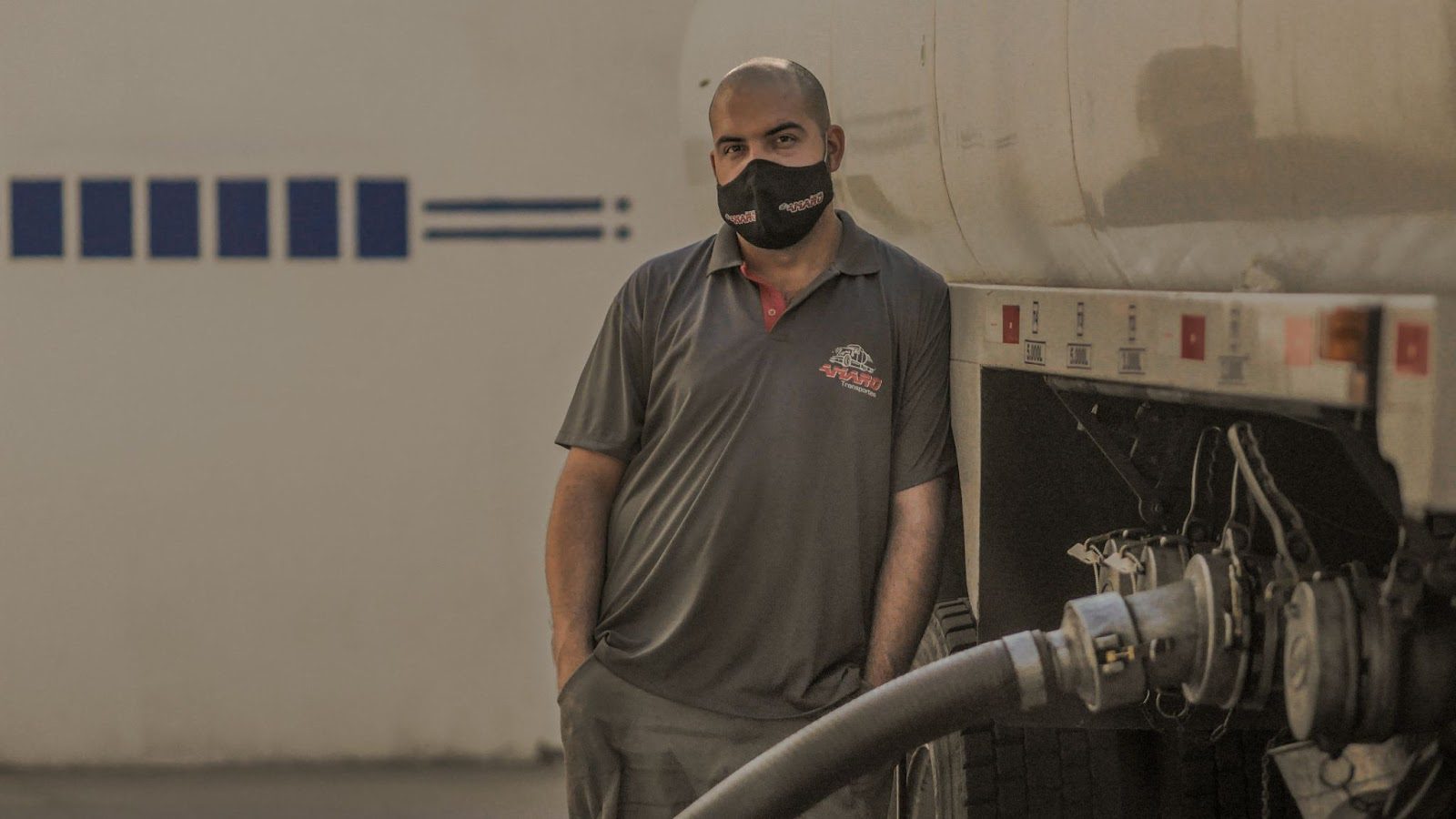The World Economic Forum (WEF) unveiled a plan to tackle carbon emissions and fossil-fuel consumption from the aviation industry. Around 50 aviation CEOs joined Airports of Tomorrow, a new initiative from the WEF and Airports Council International World. The efforts continue the development of sustainable aviation fuels (SAF) at multiple airports across the globe.
The aviation industry has a collective goal of reaching carbon neutrality by 2050. But to do that, planes need fuel that’s less impactful on the environment. Sourcing SAFs is expensive and time-consuming, and infrastructure needs require a lot of financing. That’s where Airports of Tomorrow comes in.
Some major aviation companies have signed on to the initiative: Airbus, Atkins, Boeing, Neste, LanzaJet, Menzies Aviation, Dallas Forth Worth Airport, Aeroporti di Roma, and London Heathrow Airport.
They will work together to create strategies for producing and distributing SAFs. A series of infrastructure requirements and emphasis on electric and hydrogen power will follow.
The finances involved in this project will be steep. However, the Council will prioritize a toolkit for companies to get these hubs up and running. A SAF fund and creative regulatory instruments will aid the fundraising. With this toolkit, the aviation industry will receive billions of dollars for its clean-energy needs.

Photo Courtesy Pascal Meier
“If the right planning and investment decisions are made today, airports can play a pivotal role in shaping a sustainable future for aviation as well as other transport sectors,” said Lauren Uppink, head of climate strategy at the WEF. “The Airports of Tomorrow initiative will help airports harness these opportunities — enabling them to fulfill their potential as clean-energy hubs and standard-bearers for the net-zero economy.”
Despite airlines working toward their own carbon-neutral targets, a more collaborative approach will speed up the process.
Airports of Tomorrow wants to provide blending facilities for SAFs at airports to eliminate fuel transportation, which will help with the emissions issue. Also, solar farms will be constructed to power airports with renewable energy sources. Liquid and gaseous hydrogen storage will also be needed as more airlines shift to hydrogen fuel. Airports will need new partnerships to establish supply networks and off-airport energy hubs.

Photo Courtesy American Public Power Association
It helps to have geopolitical support. The European Union is mandating 2% of all aviation fuel must be SAF by 2025. The ReFuelEU policy increases the percentage every five years to reach 70% by 2050. In the U.S., the Inflation Reduction Act has a “blenders credit” offering tax breaks for every gallon of SAF produced in America. The hope is this will incentivize American airliners to speed up production and infrastructure deployment. This credit would apply to aviation in 2025.
However, SAFs are not the only solutions needed to get to net-zero. Adding hydrogen- and electric-powered flight is expected to reduce global aviation emissions by 21%–38%.
“The aviation sector must make key investments in its infrastructure now if it wants to reach its net-zero target by 2050,” David Hyde, aerospace projects lead at the WEF, said in a statement. “Given that the share of aviation’s global warming impact is set to rise significantly if action is not taken, the sector must consider all the options available for decarbonization. This includes preparing to use aircraft that are powered by carbon-free fuels at scale.”
Transitioning airports into clean-energy hubs can spur economic growth, too. Startups, small and medium enterprises, and major corporations can provide contributions to the 2050 carbon neutrality goal. New technology will require manufacturing jobs; SAF facilities will require construction, which also equals jobs and maintenance work.

Photo Courtesy Pedro Ceu
Companies like Air Company are already benefitting from the shift to SAFs. It gained notoriety when the firm launched alcohol products made from converted captured carbon. The latest creation from Air Company is a SAF made from captured carbon.
Known as Airmade, airliners like JetBlue, Virgin Airlines, and Boom Supersonic purchased more than one billion gallons. The U.S. Air Force used it in uncrewed aircraft flights. According to CTO Dr. Stafford Sheehan, it’s cleaner than typical fossil fuels and requires no blending.
Some executives have sounded off their support of Airports of Tomorrow.
“Working with all stakeholders on this objective is paramount for us. … This is why we see the Airports of Tomorrow (AoT) initiative of the WEF as a critical endeavor,” Marc Hamy, vice president and head of corporate affairs at Airbus, told the WEF. “Airports are the backbone of the air transport system, and this new initiative should be very helpful in furthering all the efforts already engaged and making swift progress towards the sector’s decarbonization journey.”





